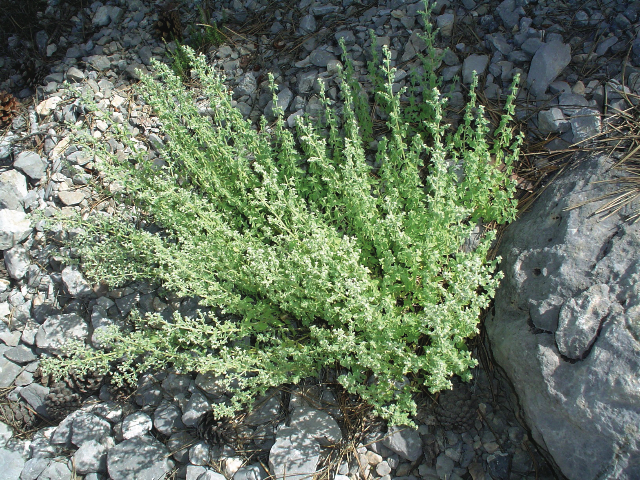Oregano Fraud – Spice Corrupted with False Additives
Tests of oregano on sale in both large stores and specialist sellers found that one in four samples of oregano contained ‘other ingredients’
The food watchdog said the oregano findings were “obviously a concern.” It is investigating the companies concerned. Richard Lloyd, executive director of Which?, said: “It’s impossible for any shopper to tell, without the help of scientists, what herbs they’re actually buying.”
Professor Chris Elliot, director of Institute for Global Food Security at Queen’s University, tested 78 samples of oregano from 50 retailers, large and small, and found 19 samples were contaminated.
“Clearly we have identified a major problem and it may well reflect issues with other herbs and spices that enter the British Isles through complex supply chains,” he said.
A spokesman for the Food Standards Agency said: “The potential for food fraud in the herbs and spices sector is something that we are already exploring following concerns about undeclared allergens in spices earlier in the year.
***
There are other issues. One such issue is the use of false forms of oregano in the spice tubs. This is commonly done with a plant harvested in Mexico, known as Mexican sage or Lippia gravolens. The lippia species is not even an oregano plant but rather belongs exclusively to the sage family. Methods of harvesting and processing are largely unknown. This type of oregano is readily tainted, as it is ground find and thus any type of green material could be added as an extender.
There is a potential risk with this form of oregano which is salmonella contamination. In August 2014 some 1000 cases of ground spice only were voluntarily recalled by McCormick for potential salmonella contamination. Per FoodSafetyNews.com:The potential risk was brought to McCormick’s attention by FDA during routine testing. This recall affects 1,032 cases that were shipped of the affected date codes.
McCormick has alerted customers and grocery outlets to remove the product with the affected date codes from store shelves and distribution centers immediately and to destroy this product in a manner that would prevent any further consumption.
***
Yet, a person could look at the label of ground oregano spice tubs in the marketplace. Many of them say on the ingredients “Mexican oregano.” There is no oregano which naturally grows in that country: only sagebrush or sage-like plants with an oregano-like smell and taste.
While some one fourth of the UK-tested spices proved fraudulent, this is not the entire answer. It is likely that many of these contain non-oregano species such as Mexican sage. Furthermore, surely, in many cases the distilled out, depleted spice has been added back as an extender.
Oil of oregano, too, can be corrupt. This is true if it is made with non-oregano species such as Mexican sage, Thymus capitiatus (that is French-source or Moroccan-source oregano oil), marjoram species, such as Origanum compactum, among others.
100% true wild Mediterranean-source oregano is highly potent and greatly adds to the flavor of food. Taken in capsule form it can prove to be medicinal, particularly as an aid to digestion and also for stimulating a healthy immune response. As the steam distilled oil it acts as a potent aid to immunity, also as a natural germicide or antiseptic. The oil can be used topically for wounds of any kind and also as an antivenom. For any toxic reaction in the body oil of wild oregano from pure, whole food wild oregano leaves, is a potent antidote. So, use wild oregano, but just make sure it is 100% real.
Sources:
http://www.telegraph.co.uk/news/shopping-and-consumer-news/11757107/Oregano-found-to-contain-impostor-herbs.html
McCormick Recalls Ground Oregano for Possible Salmonella Contamination



Dr. Cass, your oregano is the only oregano that i use. I luv your products and am grateful for your integrity and knowledge you share. Thank you and blessings to you .
Nancy,
Thank you for your support. It is because of individuals like you that I continue to work hard to share my knowledge of natural ways to heal the body.
Stay well!!